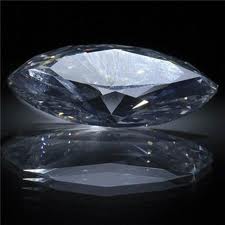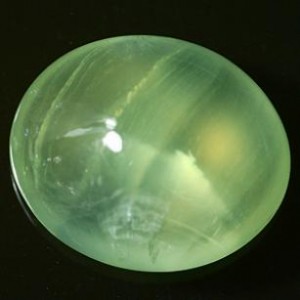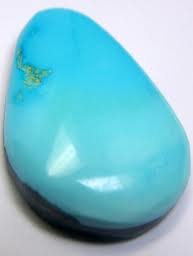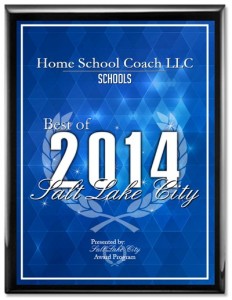The words translucent, opaque and transparent came up quite accidentally. My granddaughters, ages 5 and 7, had decided to find out what crystals were and how they are made ( Teaching chemistry to kids) . During that adventure we looked at many books on rocks and gems.
| As they would ask me about each picture I would read them the caption. The words translucent and opaque kept coming up. So we took some time to talk about the words and what they meant. Then I added transparent to the mix. We spent a fun fifteen minutes touring the library looking for items that fit each word. |
I never thought another thing about it until today. I was making a delicious pie filling. As I cooked the mixture I noticed that it is very opaque when I start and the way that I know it is done is that it becomes translucent. That got me to thinking. When Ashley and Lizzy are here next time we are going to make pie and I am going to point that out to them. That will help them learn faster and remember more.
Just recently I made a batch of play dough using my favorite recipe(play dough recipes). It is always difficult to explain how you can tell when it is ready to knead. What I look for is that the mixture changes from opaque to a translucent look. It isn’t actually translucent but it has that look. I can tell every time when it is ready. Ashley and Lizzy will just have to make play dough too.
I began thinking about all the times in my everyday life that those three words come up: transparent, translucent and opaque. I have many opportunities to mention them to my grandchildren if I am paying attention and by way of repetition and connecting them to very ordinary everyday events they will soon learn the words, what they mean, and not forget.
It is that way in all aspects of teaching children. It reminds me of my favorite quote by George Turnbull: “By familiar conversation, children’s curiosity may be roused much more effectually, and by it they may be taught a great deal more in a little time, than can possibly be done in the austere magisterial way of calling them to a lecture.” George Turnbull, 1742
I was thinking about that in terms of making this pie today. Normally when making pie with our child we chat about this and that and miss an opportunity to teach a concept because it never comes to mind. In order to have more opportunities to teach in this way we need to think and be paying attention.
When milk spills and is rolling across the table, instead running for the towel we might just take a moment and ask our children why it is rolling along but there are some drops that are just sitting still, thereby having a familiar conversation about surface tension. That might lead us on an expedition to the nearest duck pond to watch water skippers use the concept to move along without sinking.
Take this past Easter holiday for example. Did you boil eggs to color? Did you think to ask your children why there was more water in the pan before you began cooking than after? Did you point out the steam and ask your children what it was, opening a whole familiar conversation on the fact that some elements can be a liquid, solid or vapor.
Two weeks ago I helped a group of third graders make sugar eggs. I was so amazed at the many opportunities that came up in this craft project that reinforced science and some math concepts.
I asked them why you had to be careful not to put too much water in the sugar. Someone responded that even though sugar is a solid if you add to much water it melts into a liquid.
I asked why you have to be careful to not put too much frosting or decorations on top of the egg. Then a conversation about translucence took place and the fact that even though the sugar crystals are stuck together there are still spaces between them letting in the light.
I instructed them to put a bead of frosting around the outer edge of the egg shell so they could be stuck together. Someone piped up, “That’s the perimeter, right?”
If we are working, playing and listening to our children there are many opportunities every day to teach and reinforce concepts of math, science, history, health, etc, using the every day events and circumstances in our lives. What a great way to learn and to remember.
Possibly Related Posts:
- Self Care for Better Parenting – Part 2
- Self Care for Better Parenting – Part 1
- Got Kids 24/7 – 2 Tips to make life easier
- The Screen Free Experiment
- 5 Tips to Put Family first







{ 0 comments… add one now }